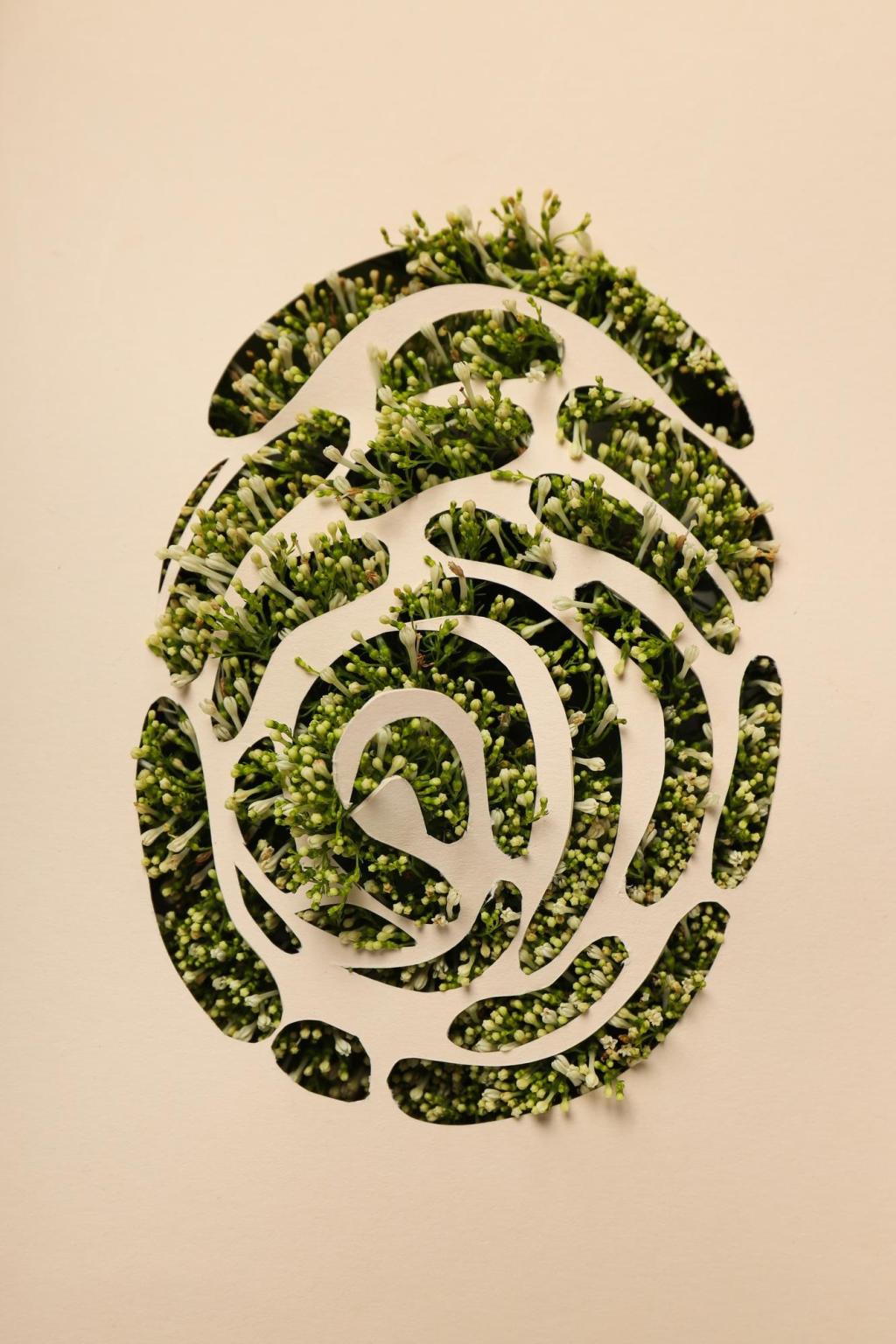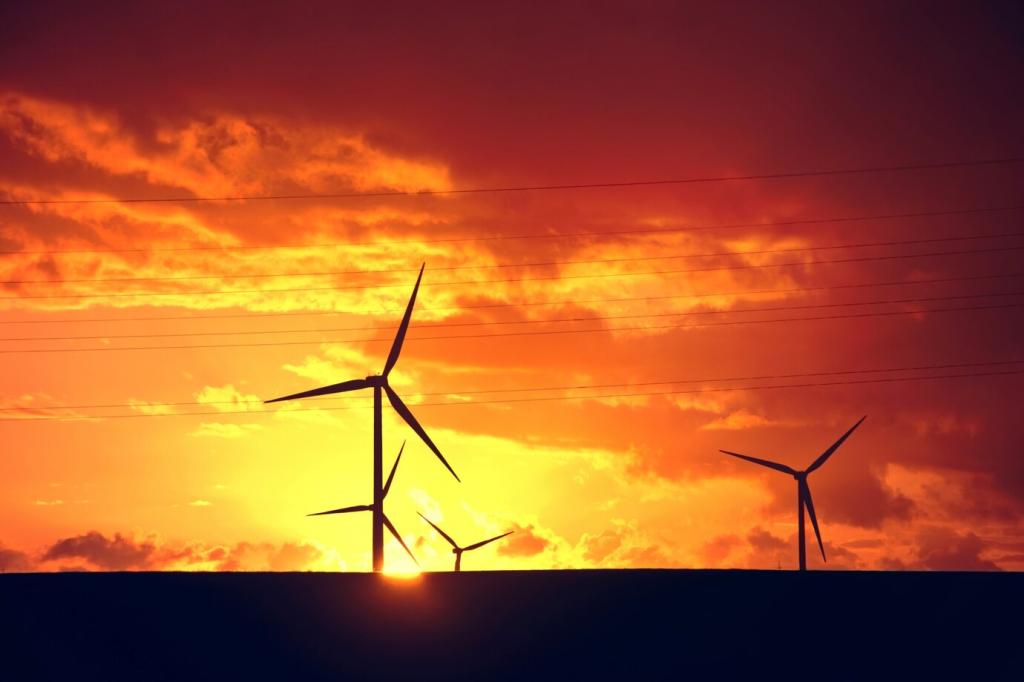Fighting Illegal Logging and Poaching
Automated grid flights scan road spurs and skid trails, highlighting fresh disturbances and suspicious vehicle tracks. Teams receive coordinates instantly, reducing patrol guesswork. Tell us how you prioritize flight plans when time is tight.
Fighting Illegal Logging and Poaching
Geotagged photos, time-stamped videos, and consistent flight logs support investigations and legal processes. Chain-of-custody strengthens when documentation is standardized. Subscribe to access our evidence checklist and recommended metadata practices.






